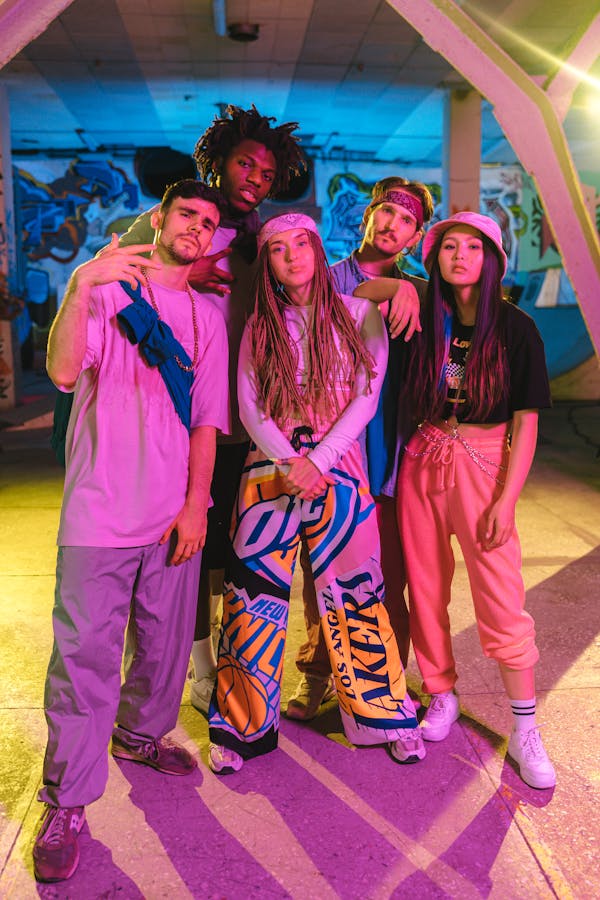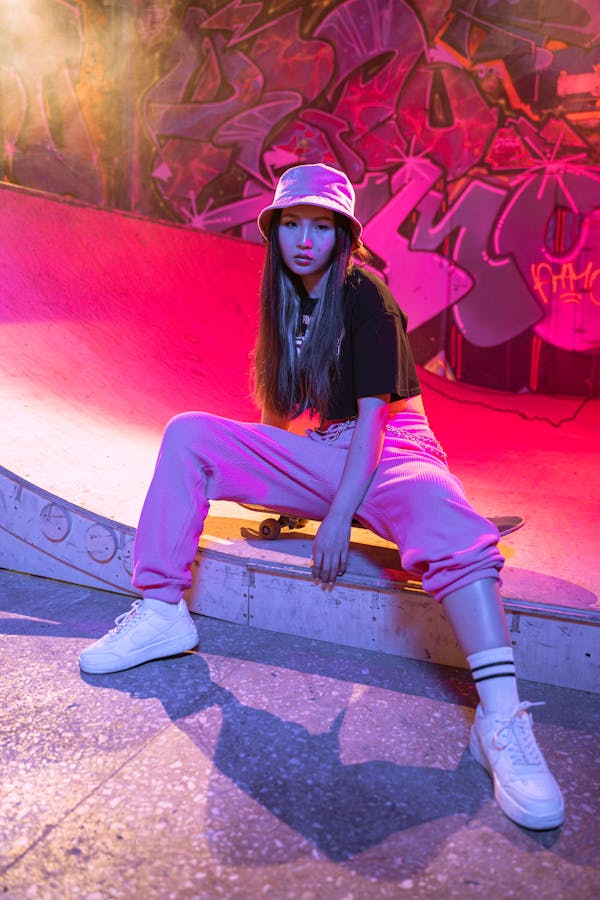
The Evolution of Hip-Hop Fashion
Hip-hop fashion has always been a reflection of the culture, music, and social movements that define it. Since its inception in the late 1970s, hip-hop fashion has evolved dramatically, particularly in the realm of women’s fashion. The style has transitioned from oversized clothing to more form-fitting and expressive pieces, reflecting the empowerment and individuality of women within the hip-hop community.
The Origins: Streetwear and Baggy Clothes
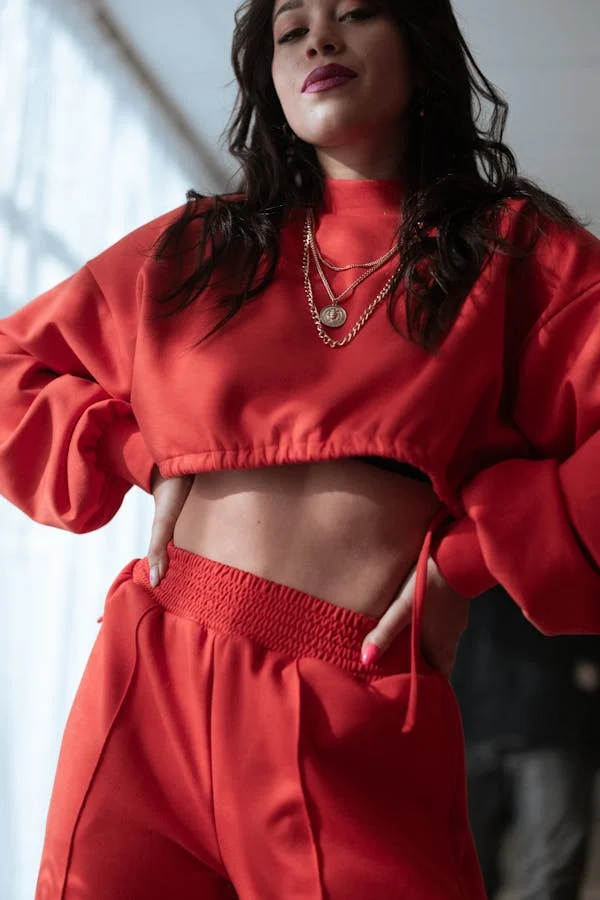
In the early days of hip hop, streetwear was the dominant style. Women, much like their male counterparts, embraced oversized baggy clothing, including baggy jeans, hoodies, and sneakers. This look was not just about comfort but also about making a statement. The oversized clothing symbolized rebellion against the mainstream fashion norms and the socio-economic conditions of the time.
The Influence of Icons
Artists like Queen Latifah, Salt-N-Pepa, and MC Lyte were pioneers of this style. They combined their bold lyrics with equally bold fashion choices, making it clear that hip hop was as much about visual expression as it was about music. These women set the stage for the intersection of femininity and urban streetwear.
The 1990s: A Shift Towards Individuality
The 1990s marked a significant shift in hip hop women’s fashion. The rise of female hip hop artists like Lil’ Kim and Missy Elliott introduced a more individualized approach to style. Lil Kim’s iconic looks, often characterized by vibrant colors, fur coats, and revealing outfits, challenged the traditional norms of both fashion and femininity.
Empowerment Through Fashion
This era saw women in hip hop embracing their sexuality and using fashion as a tool for empowerment. Missy Elliott, with her futuristic style, often blended streetwear with avant-garde elements, pushing the boundaries of what was considered “acceptable” for women in hip hop. This period also saw the rise of luxury brands within the hip hop scene, with artists flaunting high-end fashion as a symbol of success.
The 2000s: Bling, Glamour, and High Fashion
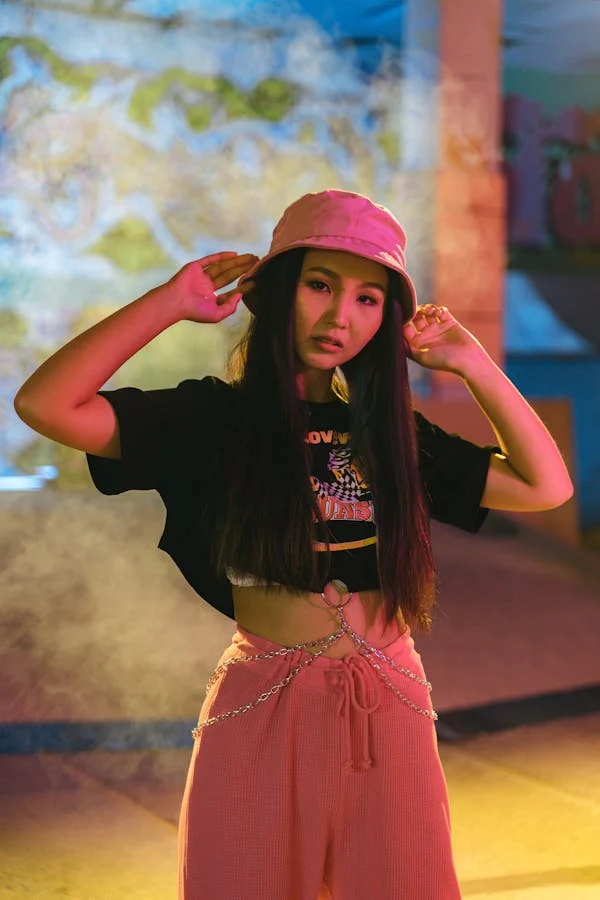
The 2000s brought about the “bling” era, where glamour and luxury became synonymous with hip hop fashion. Women’s hip hop fashion during this time was characterized by an abundance of bling accessories, from oversized hoop earrings to diamond-encrusted jewelry.
The Rise of Designer Labels
Hip hop artists like Beyoncé, Rihanna, and Nicki Minaj played pivotal roles in merging high fashion with hip hop. Designer brands like Gucci, Versace, and Louis Vuitton became staples in the wardrobes of female hip hop artists. These women were not just influencing fashion within the hip hop community but were also making waves in the global fashion industry.
The 2010s to Today: A Fusion of Styles
In recent years, hip hop women’s fashion has become a melting pot of various styles. The influence of streetwear remains, but it is now combined with elements of high fashion, athleisure, and vintage aesthetics.
The Role of Social Media and Influencers
The rise of social media has played a crucial role in the evolution of hip hop fashion. Platforms like Instagram and TikTok have given women in hip-hop a global stage to showcase their style. Influencers and fashion bloggers have also become significant players in setting trends within the hip hop community.
Sustainability and Ethical Fashion
Another significant trend in recent years is the move towards sustainable and ethical fashion. Many female hip hop artists and influencers are now advocating for eco-friendly fashion choices, reflecting a broader shift in the industry toward sustainability.
The Impact of Hip-Hop Fashion on Mainstream Culture
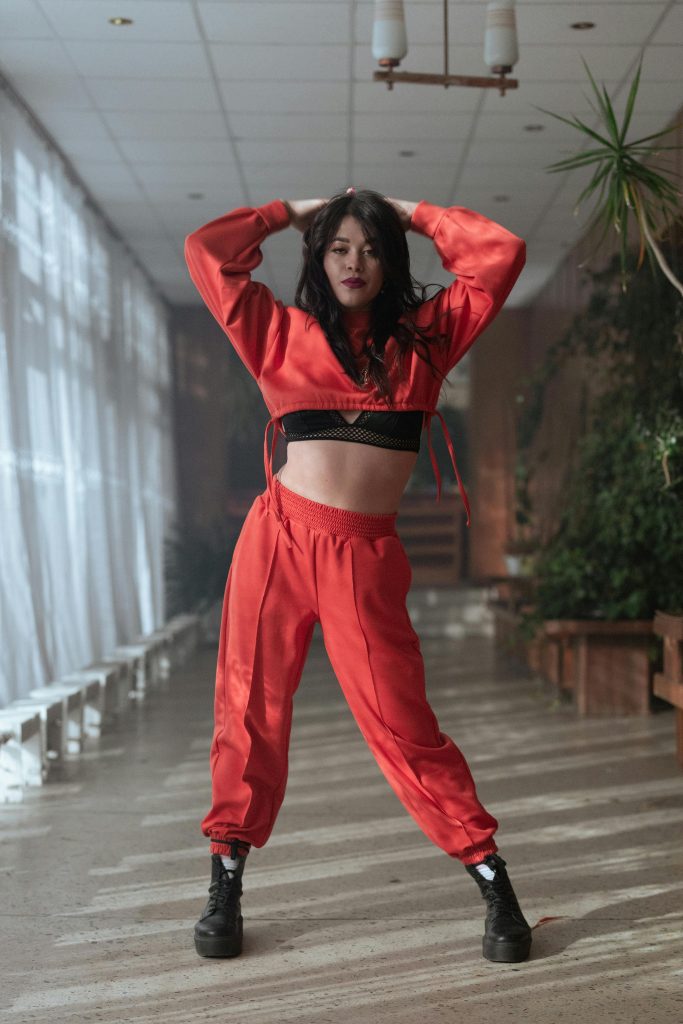
The influence of hip hop fashion on mainstream culture cannot be overstated. What started as a subculture has now permeated every corner of the fashion world. Women’s hip-hop fashion has particularly had a lasting impact, challenging and redefining traditional notions of femininity, power, and style.
Fashion Brands Collaborating with Hip-Hop Artists
Today, many fashion brands actively seek collaborations with hip hop artists, recognizing their influence and ability to set trends. These collaborations often result in limited-edition collections that blend the artist’s unique style with the brand’s signature aesthetics.
Breaking Down Barriers
Women’s hip hop fashion has also played a crucial role in breaking down barriers within the fashion industry. Female hip hop artists have continuously challenged the industry’s often narrow standards of beauty and style, paving the way for more inclusive and diverse representations in fashion.
Conclusion: The Future of Hip-Hop Women’s Fashion
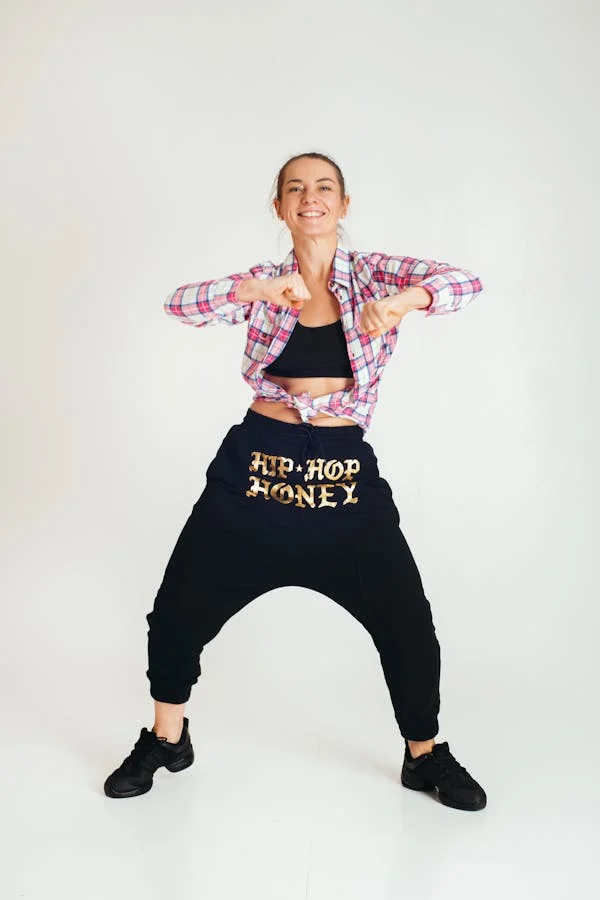
The future of hip hop women’s fashion is bright and ever-evolving. As new artists and influencers emerge, they bring with them fresh perspectives and styles that continue to push the boundaries of fashion. Whether it’s through the lens of luxury fashion, streetwear, or sustainable choices, women in hip-hop will undoubtedly continue to shape and define the fashion landscape for years to come.

I am Roni Dev Roy I have been working in fashion for a long time I am in US and UK and I write about this topic in many places. I have been working and working on this topic for a long time
And I am a blogger I have been blogging about fashion for a long time in different places.

